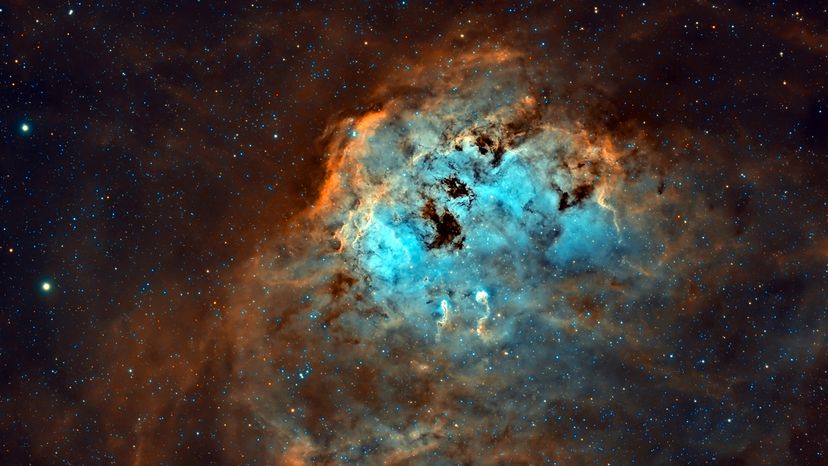The planet formation hypothesis, widely accepted for about a hundred years, has several serious flaws. The most serious concern is the speed of rotation of the sun.
When calculated mathematically on the basis of the known orbital momentum, of the planets, the nebular hypothesis predicts that the sun must rotate about 50 times more rapidly than it actually does. There is also some doubt that the rings pictured by Laplace would ever condense into planets.
In the early 20th century, scientists rejected the nebular hypothesis for the planetesimal hypothesis, which proposes that planets formed from material drawn out of the sun. This theory, too, proved unsatisfactory.
Later theories have revived the concept of a nebular origin for the planets. An educational NASA website states: "You might have heard before that a cloud of gas and dust in space is also called a 'nebula,' so the scientific theory for how stars and planets form from molecular clouds is also sometimes called the Nebular Theory. Nebular Theory tells us that a process known as 'gravitational contraction' occurred, causing parts of the cloud to clump together, which would allow for the Sun and planets to form from it."
